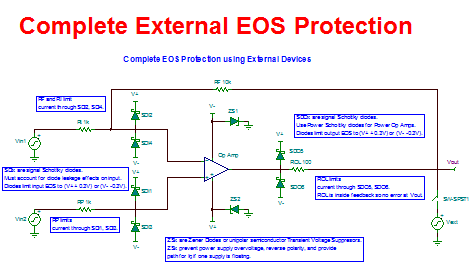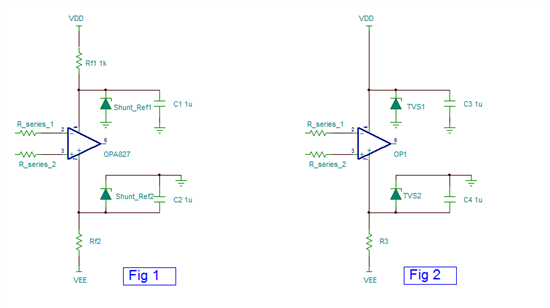Does OPA827 have "overdrive" protection or it needs an external one. What is the recommended input over-voltage protection (if needed) for this op amp?
-
Ask a related question
What is a related question?A related question is a question created from another question. When the related question is created, it will be automatically linked to the original question.




